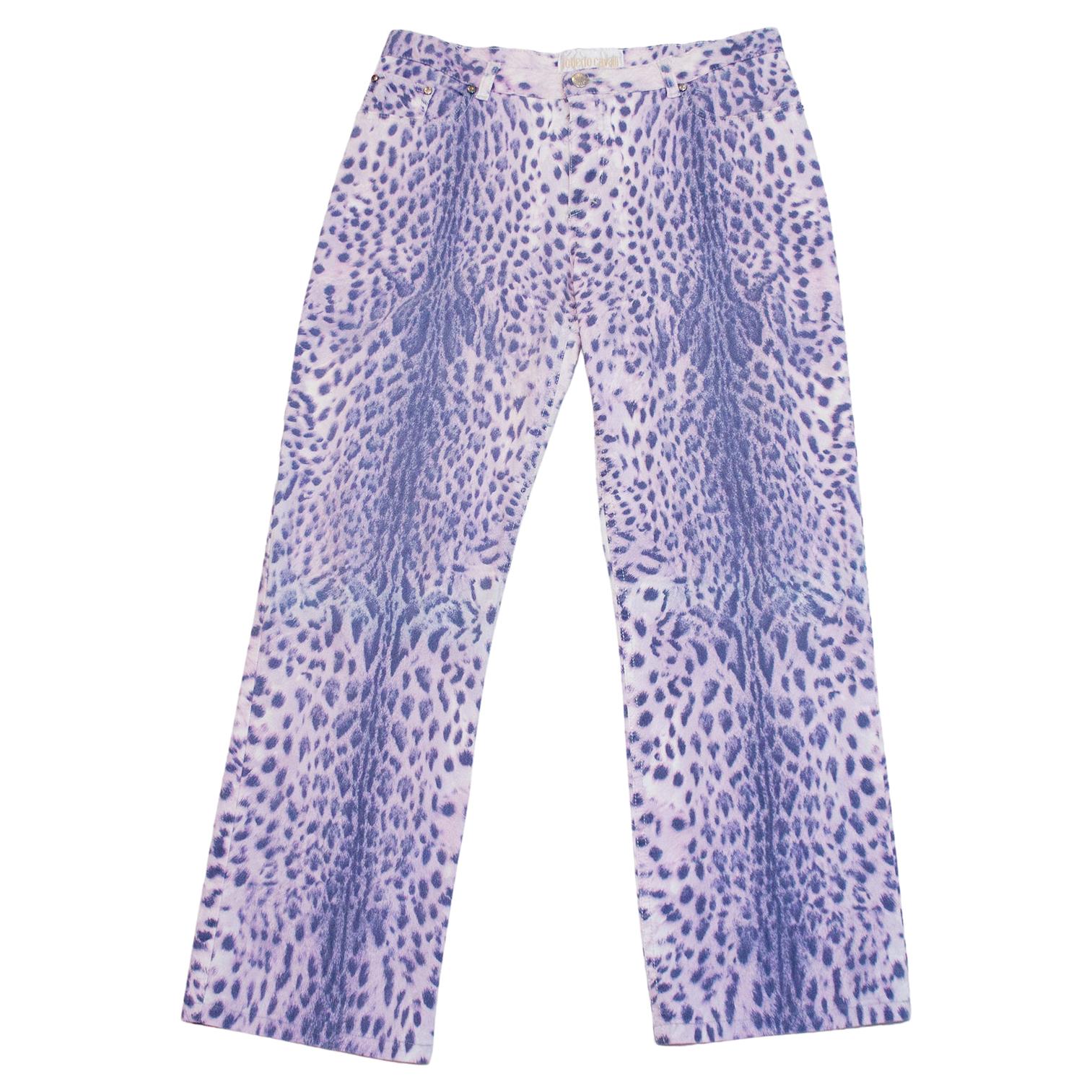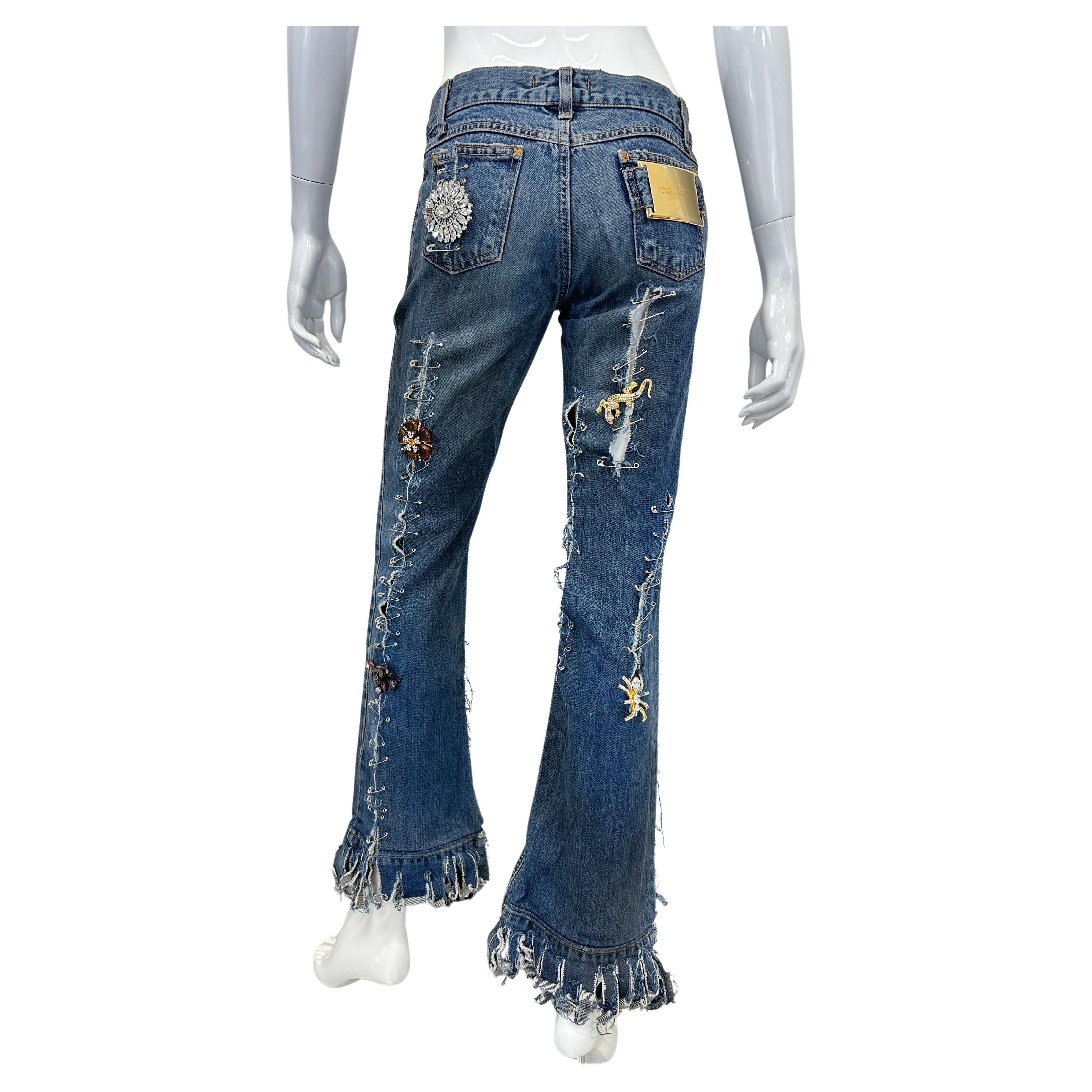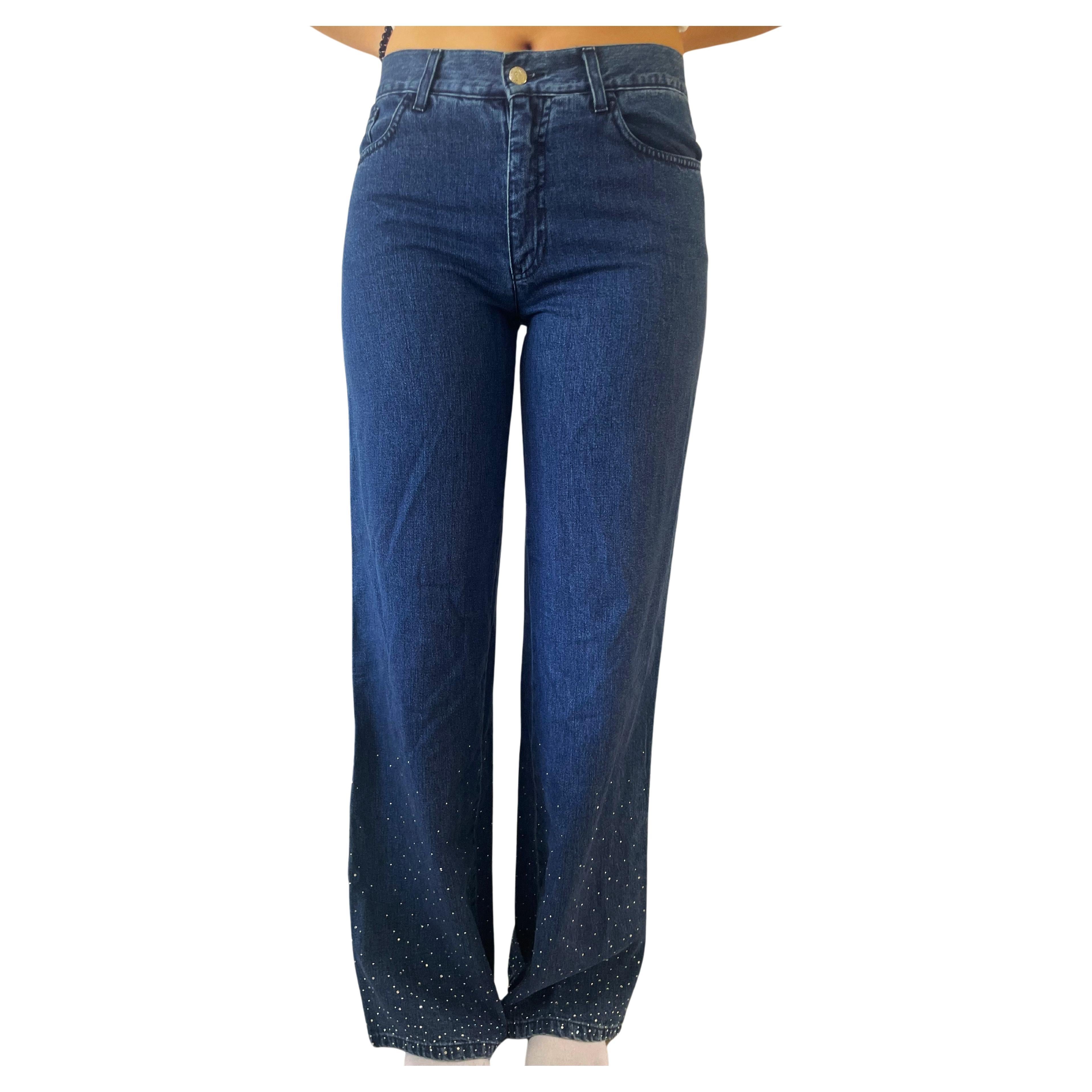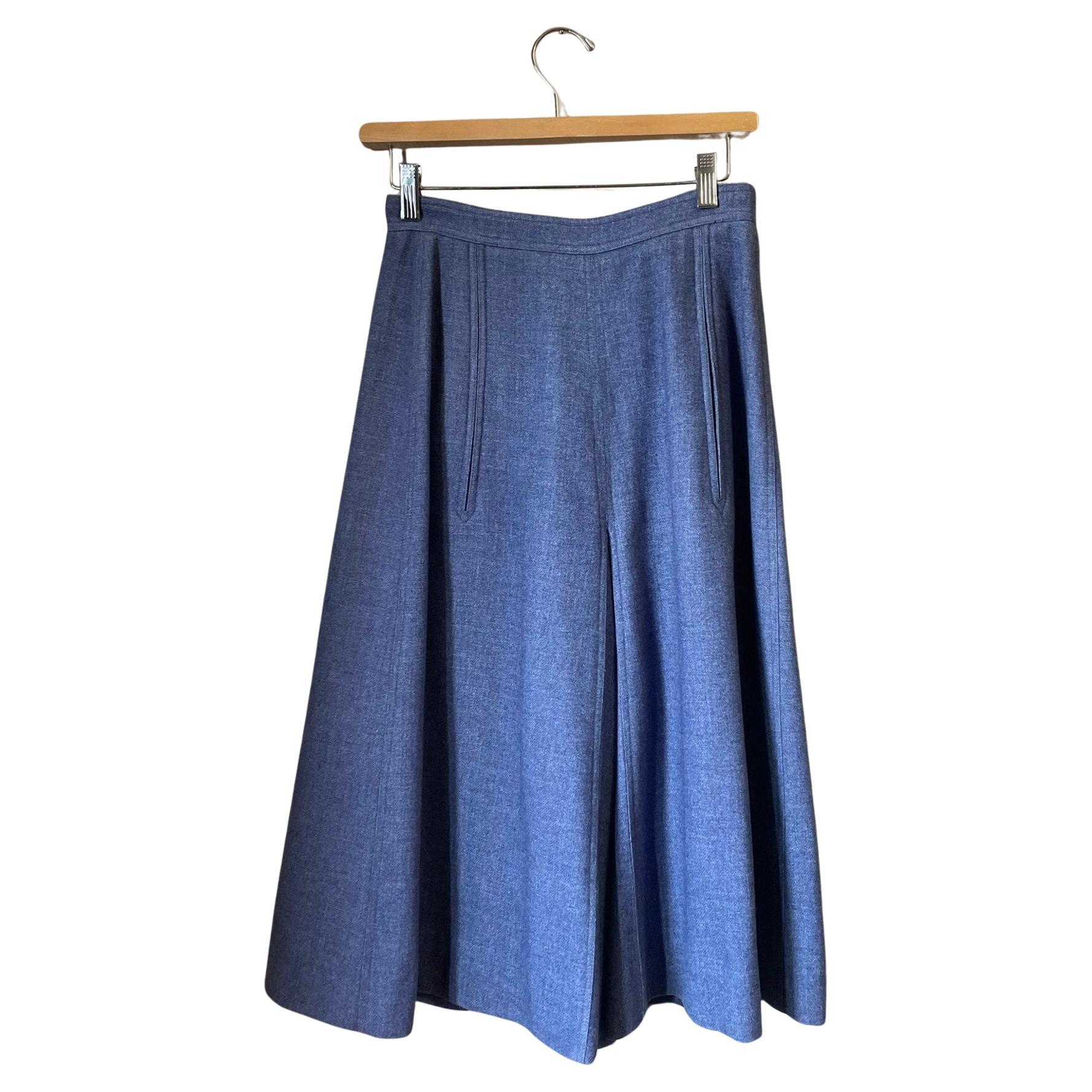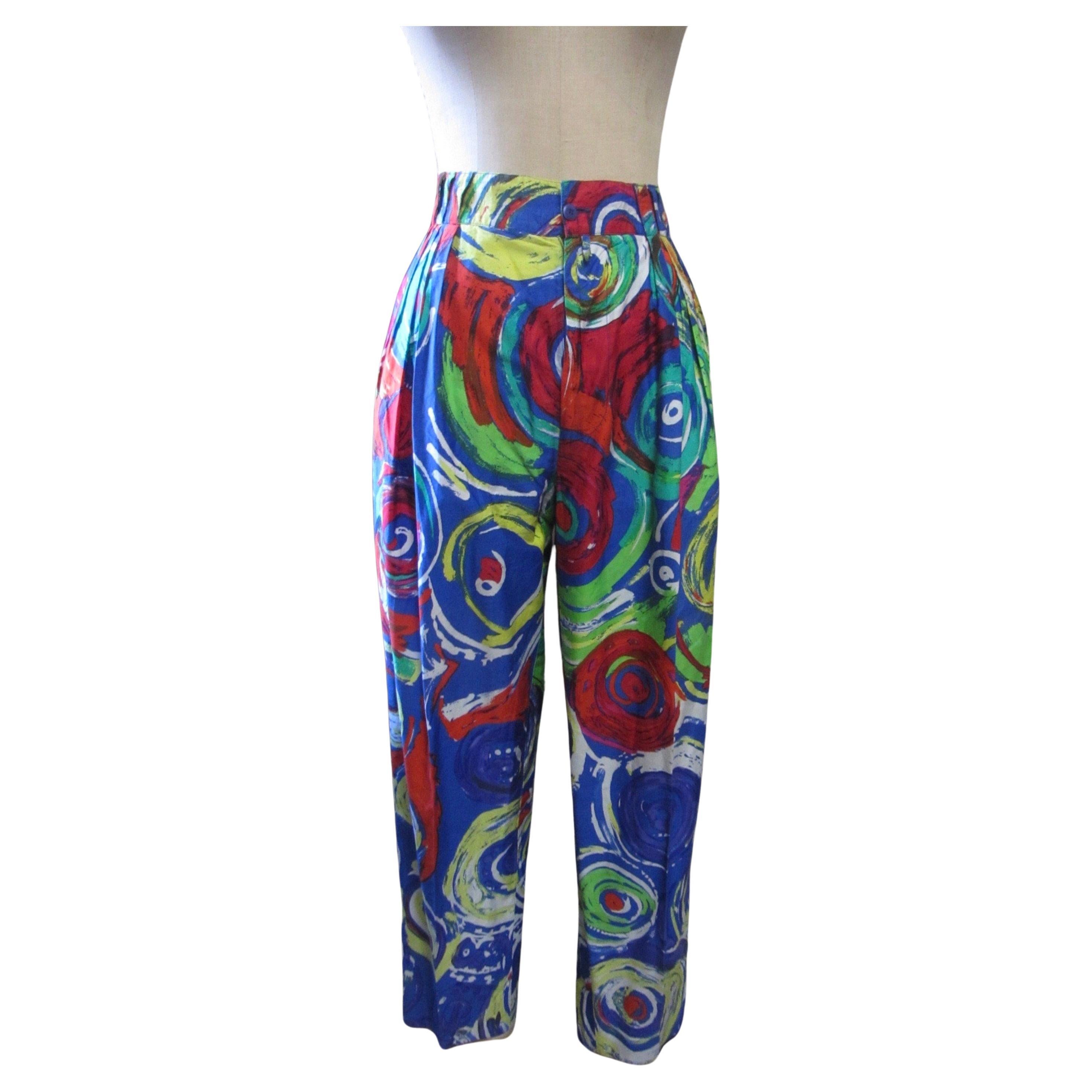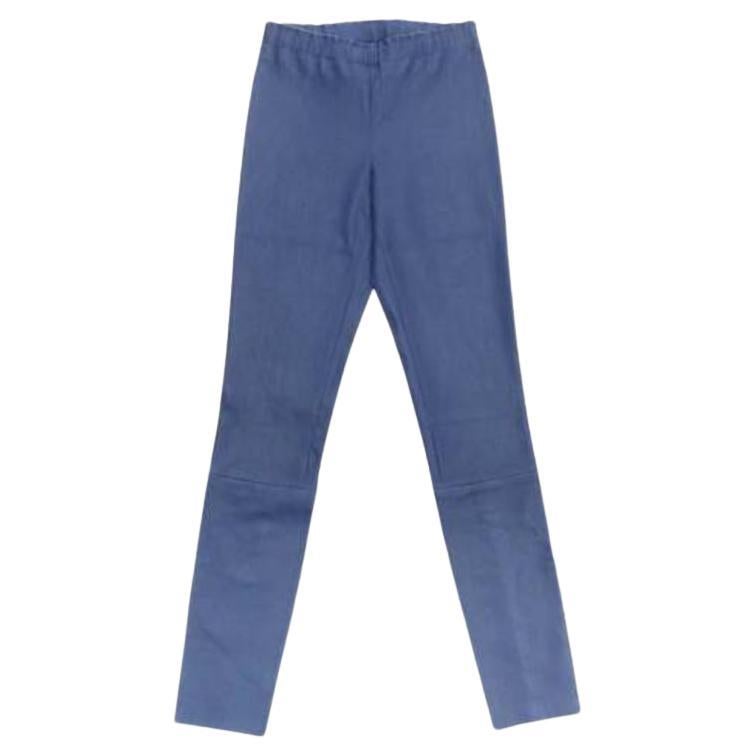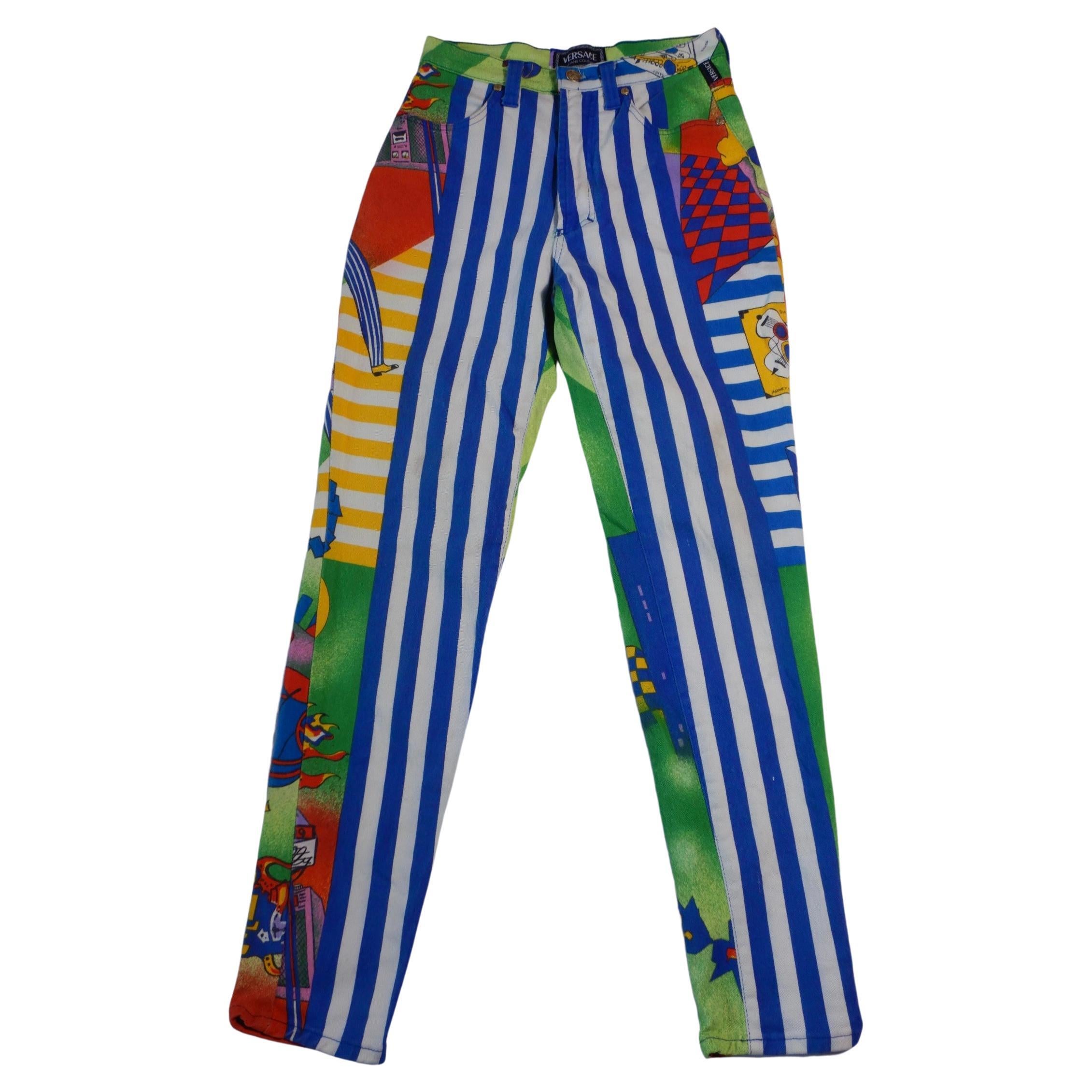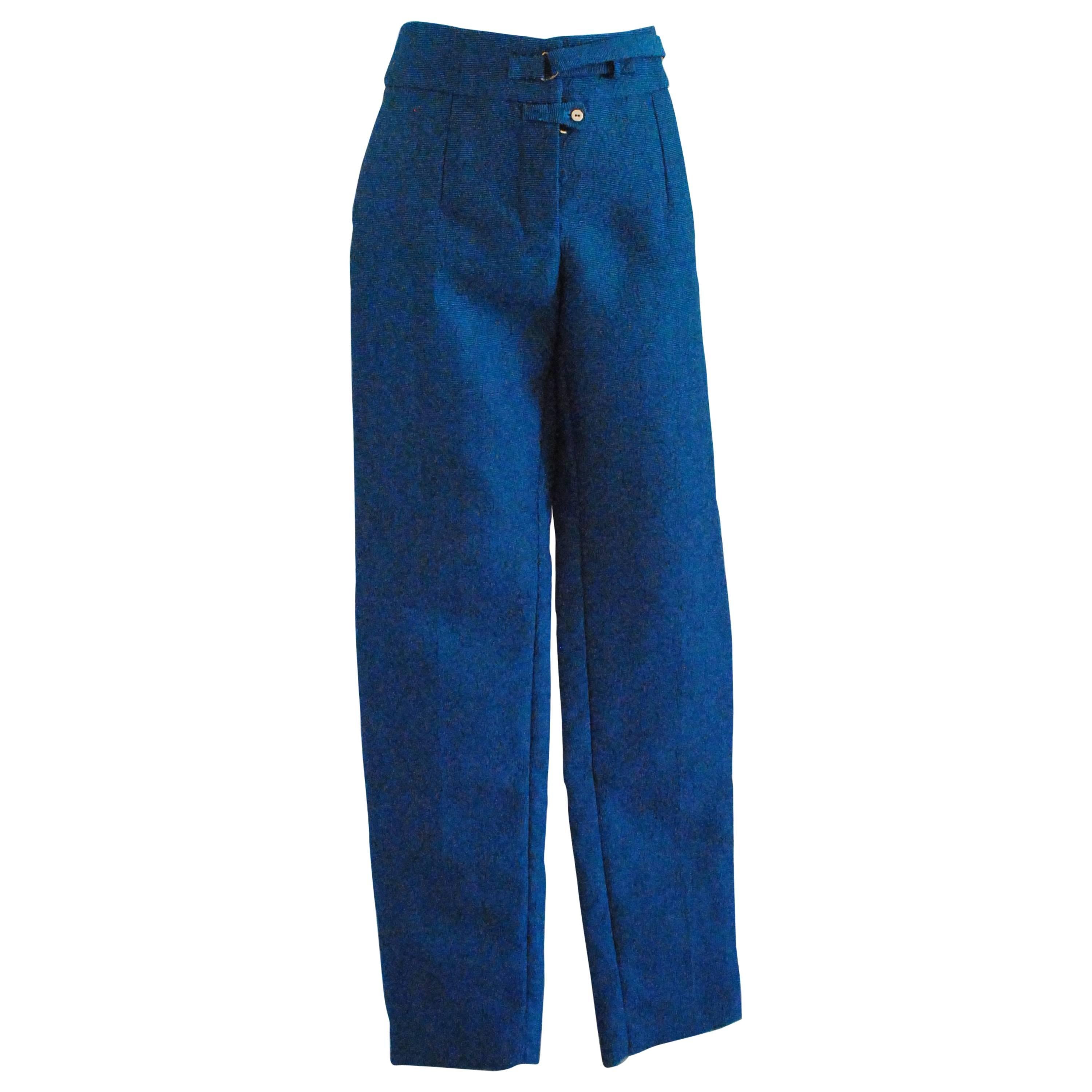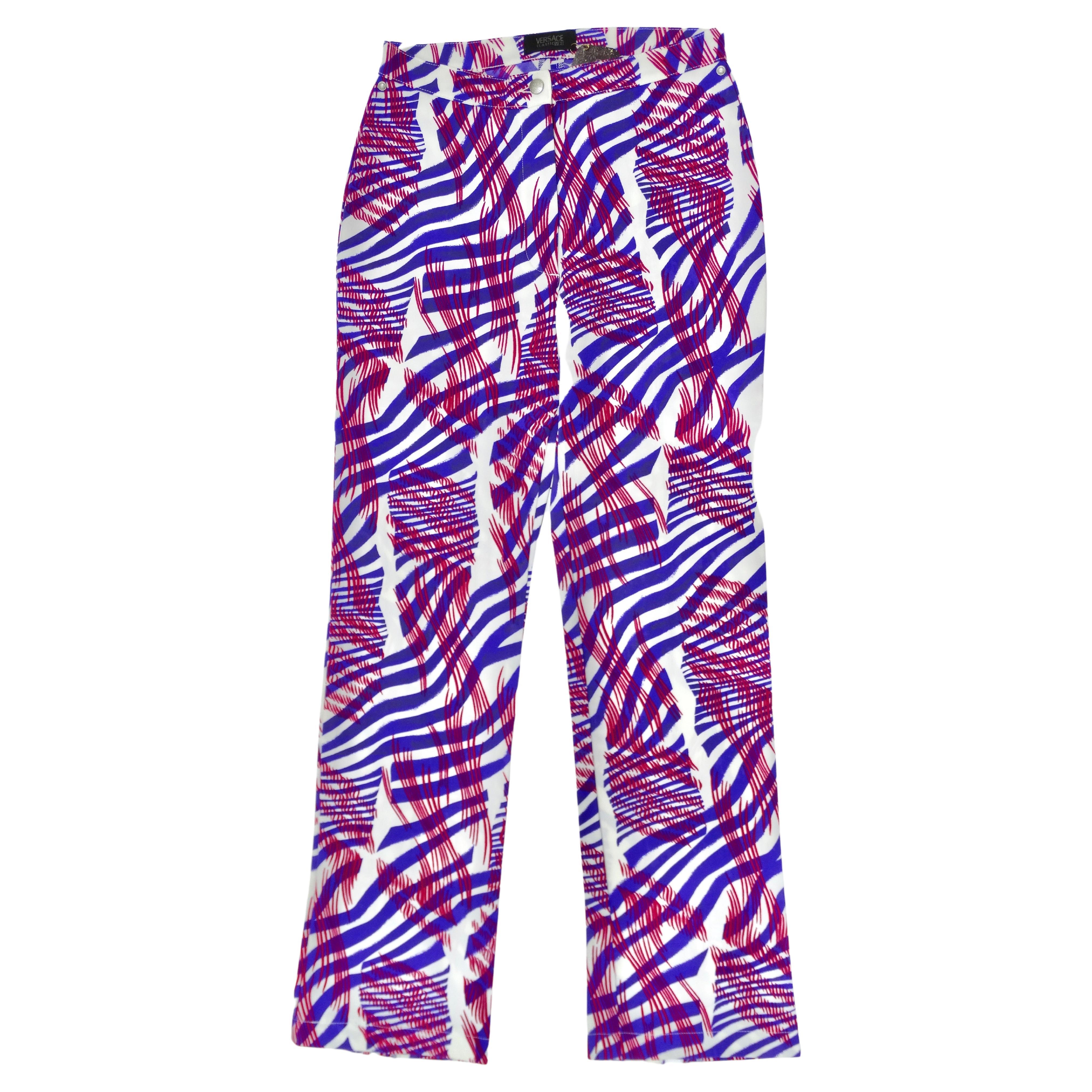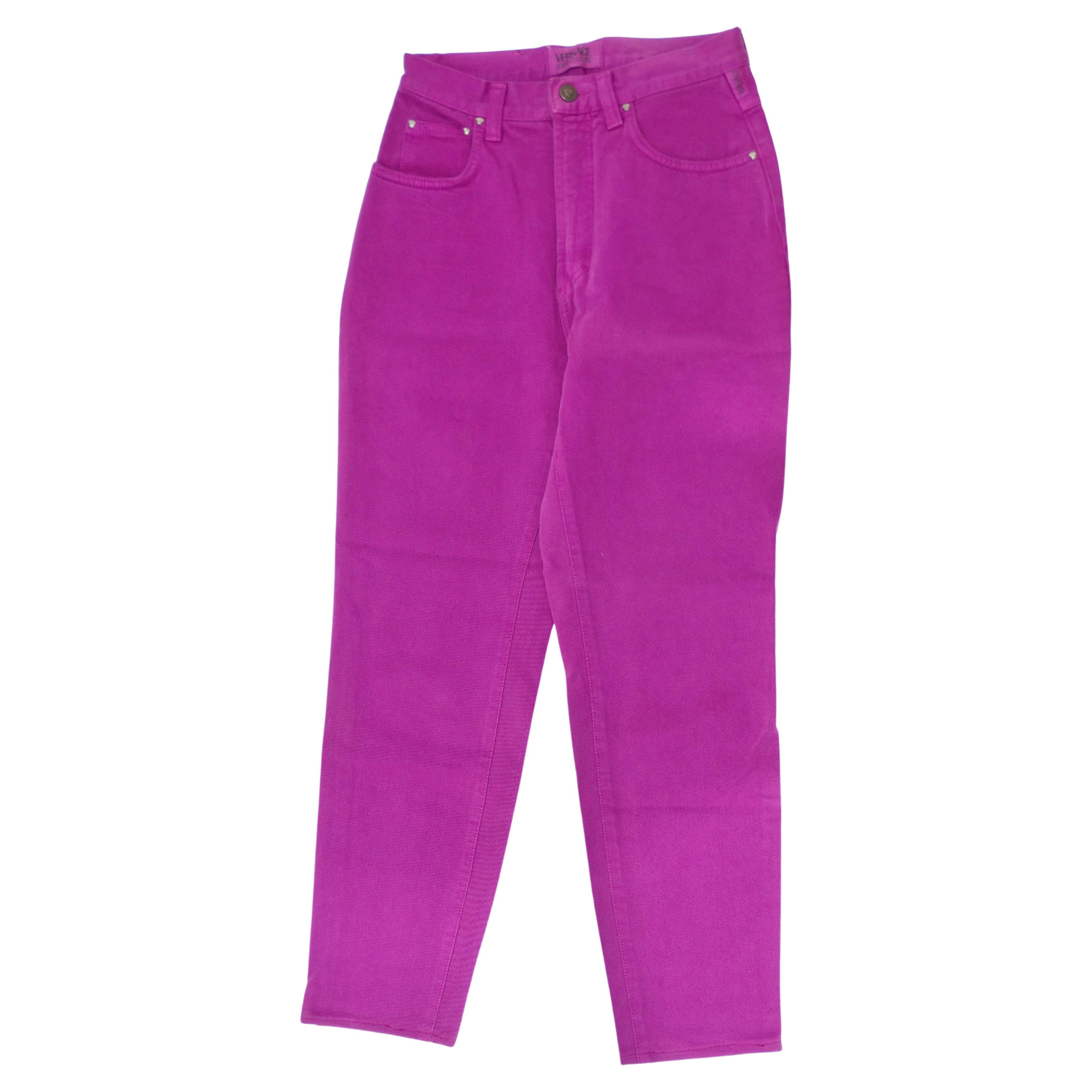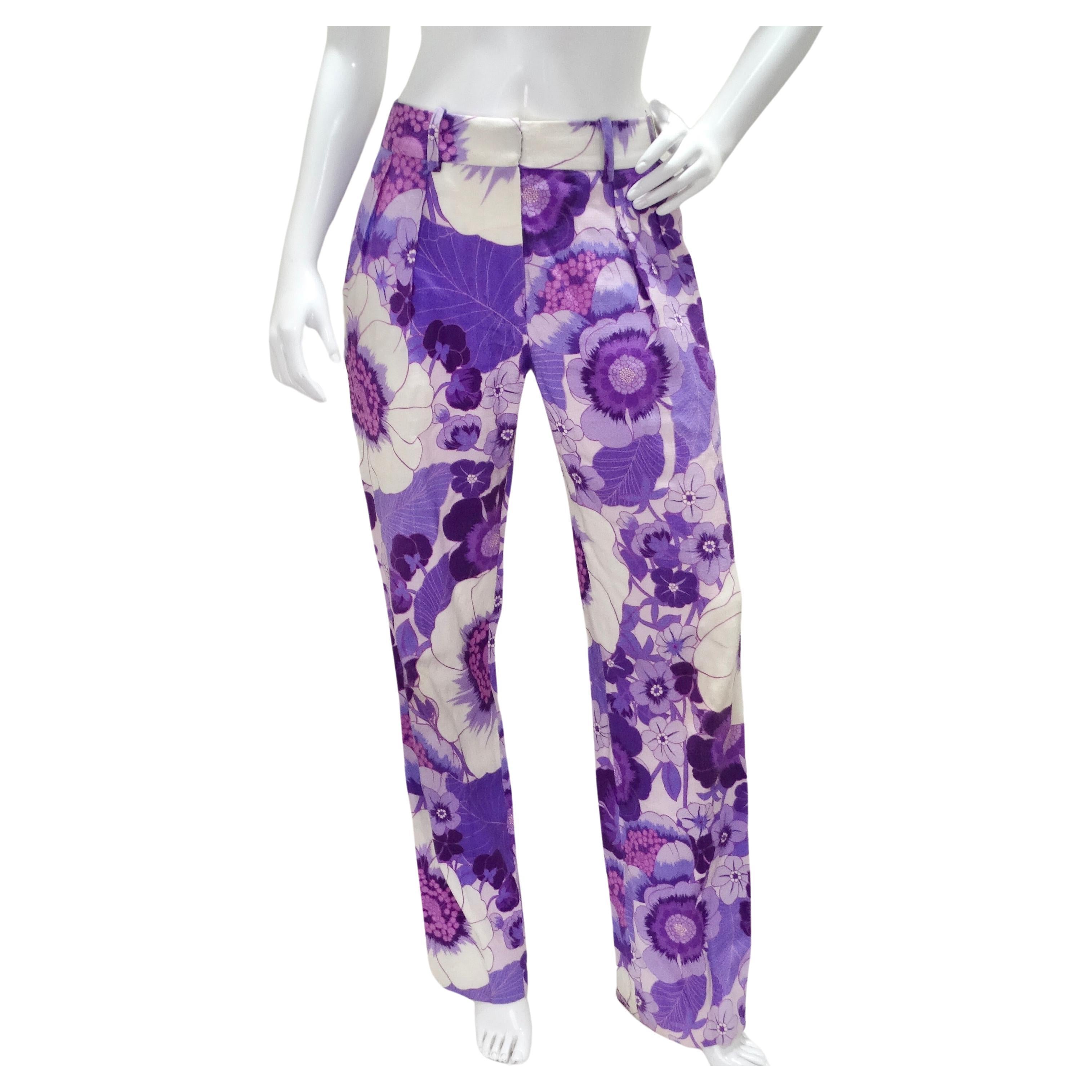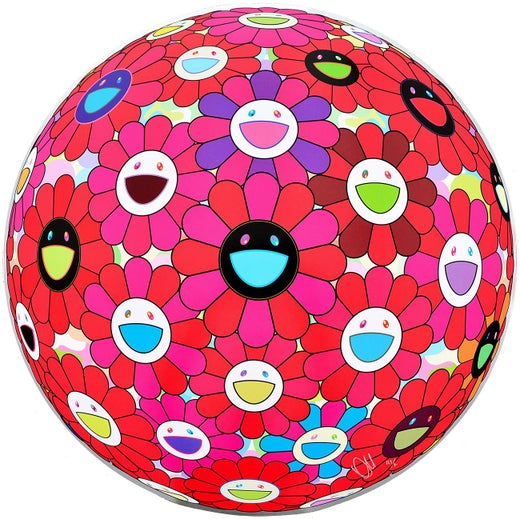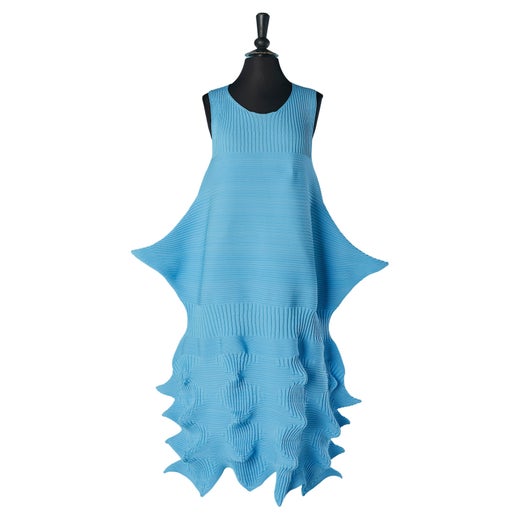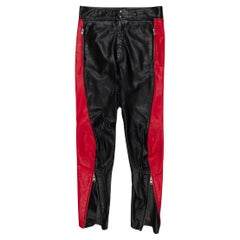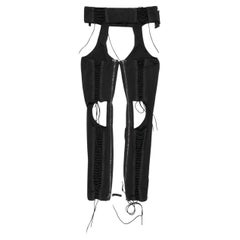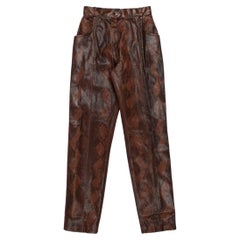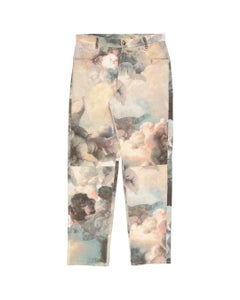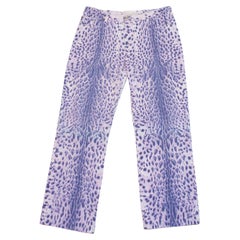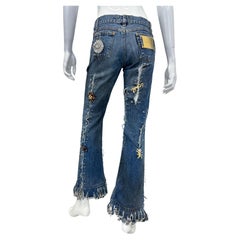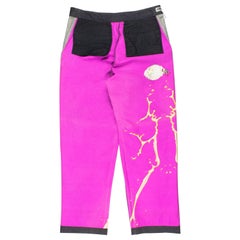
Issey Miyake x Takashi Murakami SS2000 Reversible "Lonesome Cowboy" Pants
View Similar Items
Issey Miyake x Takashi Murakami SS2000 Reversible "Lonesome Cowboy" Pants
About the Item
- Designer:
- Brand:
- Dimensions:Marked Size: S (JP)
- Period:
- Condition:Wear consistent with age and use. Altered (not by designer).
- Seller Location:Beverly Hills, CA
- Reference Number:1stDibs: LU2049210881362
Takashi Murakami
Japanese contemporary artist Takashi Murakami may be famous among collectors for the psychedelic flowers and chaotic cartoons that populate his prints and paintings, but artists likely know him as the theorist behind the contemporary art movement he calls “Superflat.”
Partially inspired by the Pop art of Andy Warhol, in which celebrity culture and mundane mass-produced items became the focus of bright and colorful works that both celebrated and criticized consumerism, Murakami’s Superflat encompasses painting, sculpture, digital design and more to present a subversive look at consumerism but is also an effort to blend fine art and lowbrow culture.
A multifaceted and remarkably influential artist as well as a compulsive art collector, Murakami has collaborated with brands such as Louis Vuitton, while one of his most famous Superflat works is the teddy bear on the cover of the Graduation album by American rapper Kanye West.
In 1993 Murakami earned his Ph.D. from Tokyo University of the Arts, where he was trained in nihonga, a style of painting that originated in the late 19th century by artists who worked to preserve and promote the conventions and processes associated with traditional Japanese art. While practicing nihonga, Murakami began to realize that his beliefs didn’t align with the tradition, so his art subsequently took on a satirical feel that embodied a critique of the movement. Before long, his style took a drastic turn, embracing otaku, a rising postwar cultural phenomenon among Japan’s younger crowd who loved anime and manga. (Otaku is also integral to Superflat.)
This is when Murakami’s most well-known character, Mr. DOB, was born. This anime-inspired icon, which Americans might interpret as a cross between Walt Disney’s Mickey Mouse and Lewis Carroll’s Cheshire Cat given its pronounced ears and broad and menacing grin, was part of the artist’s endeavor to elevate the otaku subculture but also to target mass consumerism. While Murakami conceived of Mr. DOB years ahead of his 2000-era Superflat theory, there is much common ground between the two. Not unlike his other creations, Murakami’s Mr. DOB is equal parts erotic, disturbing and cartoonish — an incisive mockery of the mingling of commerce and fine art so prevalent in Japanese popular culture.
Find original Takashi Murakami prints, sculptures and other art on 1stDibs.
Issey Miyake
From the prismatic Pleats Please collection to the modular, three-dimensional garments crafted from recycled plastic bottles in his Reality Lab, the captivating fashions by Japanese designer Issey Miyake are all about movement.
Born in Hiroshima, Miyake studied graphic design at Tama Art University in Tokyo before relocating to Paris in 1965, where he studied couture and cut his teeth working for Guy Laroche and Hubert de Givenchy. In 1969, he moved to New York, where he worked for Geoffrey Beene. He returned to Tokyo in 1970 to found his first solo venture, the Miyake Design Studio. It wasn’t until the 1990s, though, that the designer had his breakthrough moment with experimentations in pleating. Some of his earliest explorations were for choreographer William Forsythe’s Frankfurt Ballet Company, with the 1991 performance of The Loss of Small Detail featuring costumes Miyake designed with pleats that complemented and transformed the movement of the dancers.
Though long a staple in couture — from delicate women’s skirts to men’s suit pants — pleats took on new life in Miyake’s hands. By using a heat press to cure his fabrics after his garments are stitched, Miyake was able to maintain the accordion structure of the pleat, turning a series of folds into sculptural, often futuristic forms unbound by the shape of the human body. In 1993, Miyake debuted “garment pleating” in his Pleats Please line, in which the clothes are constructed at a size that is larger than what is intended for the finished product. The pleats are then created — a process that involves folding and ironing and is separate from the joining of seams — and individual pieces are subsequently hand-fed into a heat press. The pleats are permanent and the garments can be worn and washed without losing their shape.
Miyake’s pleats run the gamut in scale, which enabled him to evoke dramatic, sharp silhouettes and flowy movements in equal measure. In essence, he created an entirely new material whose iterations are infinite — a feat of technology as much as fashion.
Other innovations include Miyake’s 1997 Just Before collection, which introduced a series of tube-knit dresses that could be cut as desired, reducing both work and resources. His Reality Lab now investigates new materials, such as a fully recycled polyester. Miyake’s prowess, in fact, captured another iconic figure in the tech world: Steve Jobs, for whom the designer made hundreds of identical black turtlenecks, the late Apple founder’s sartorial signature.
Find a collection of vintage Issey Miyake day dresses, jackets, shirts and other clothing on 1stDibs.

